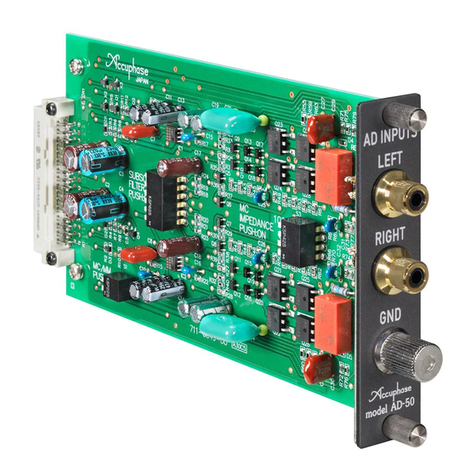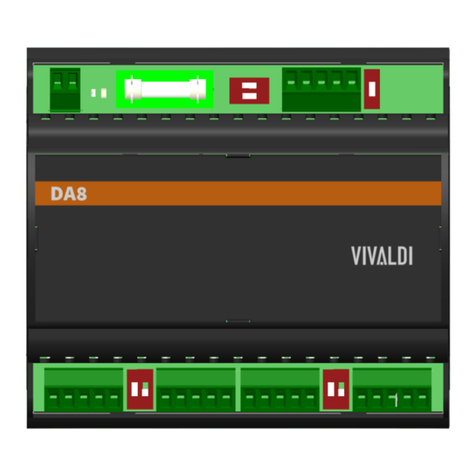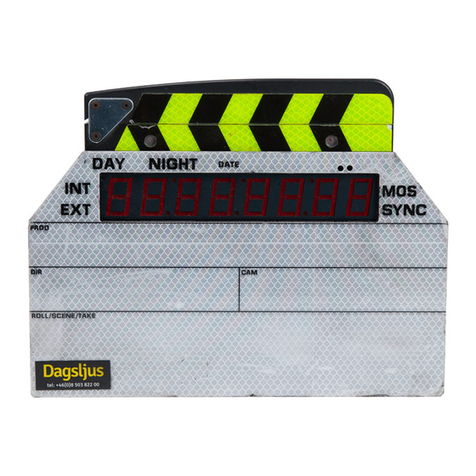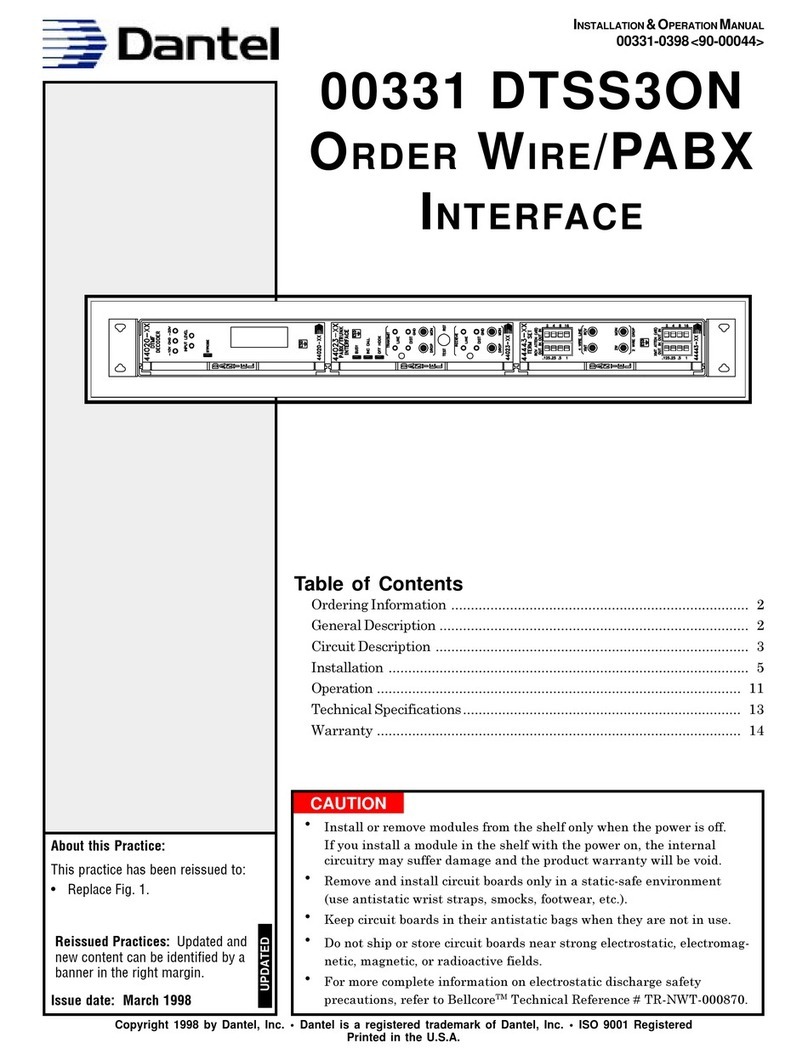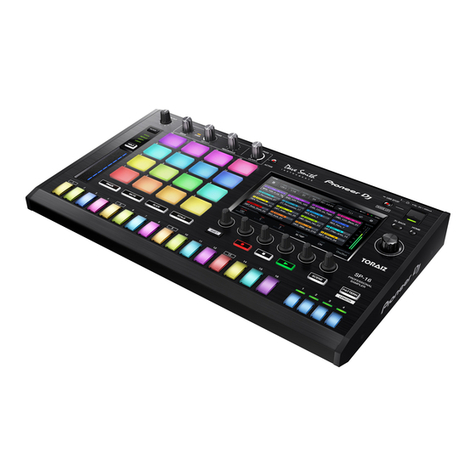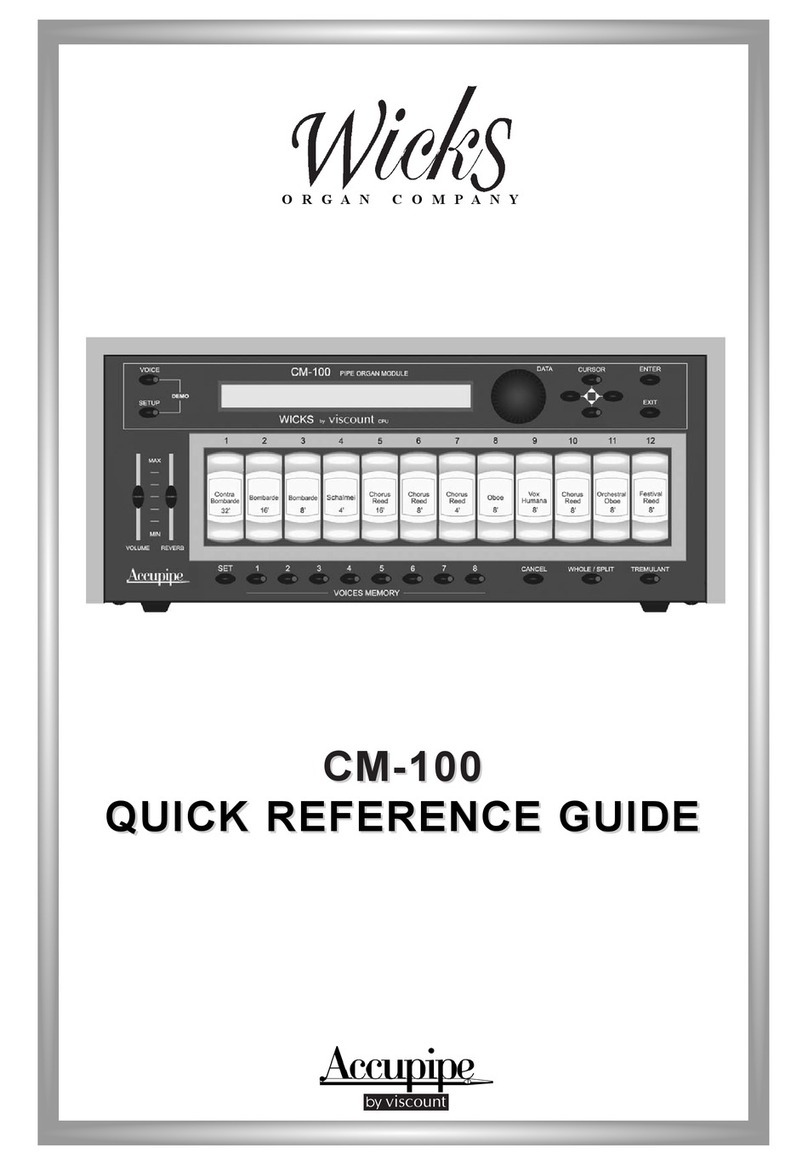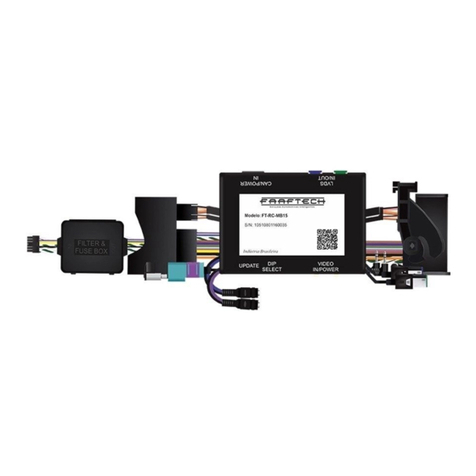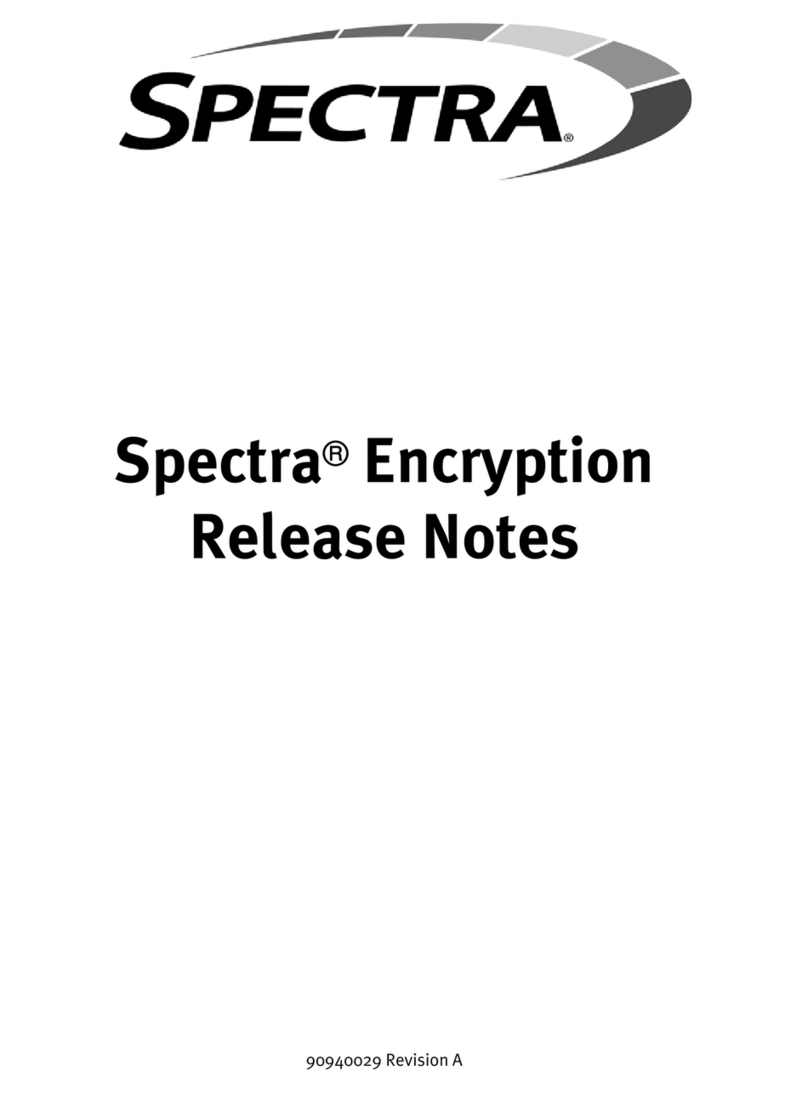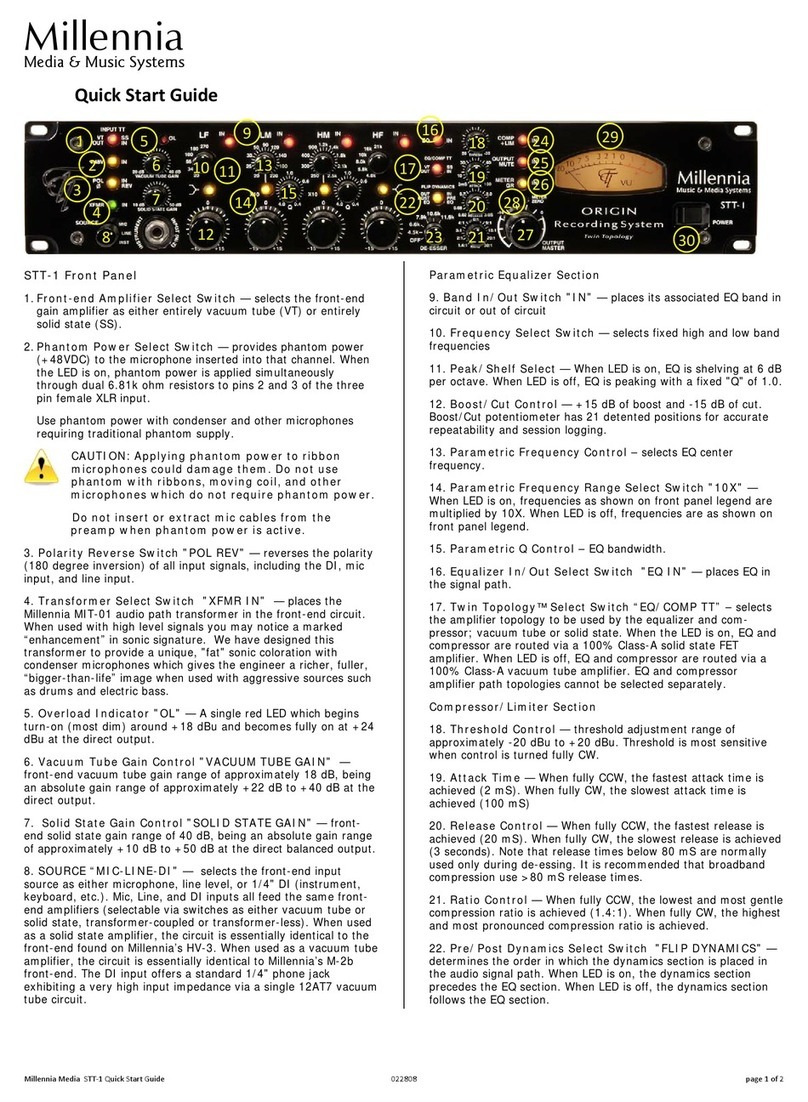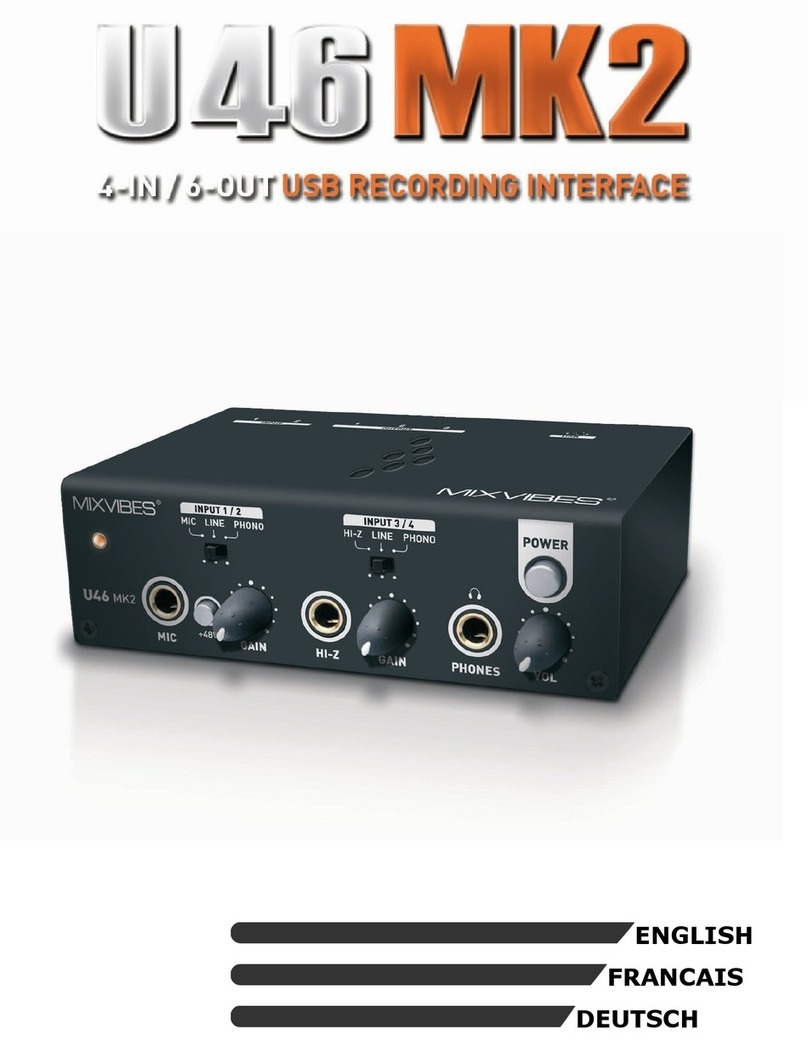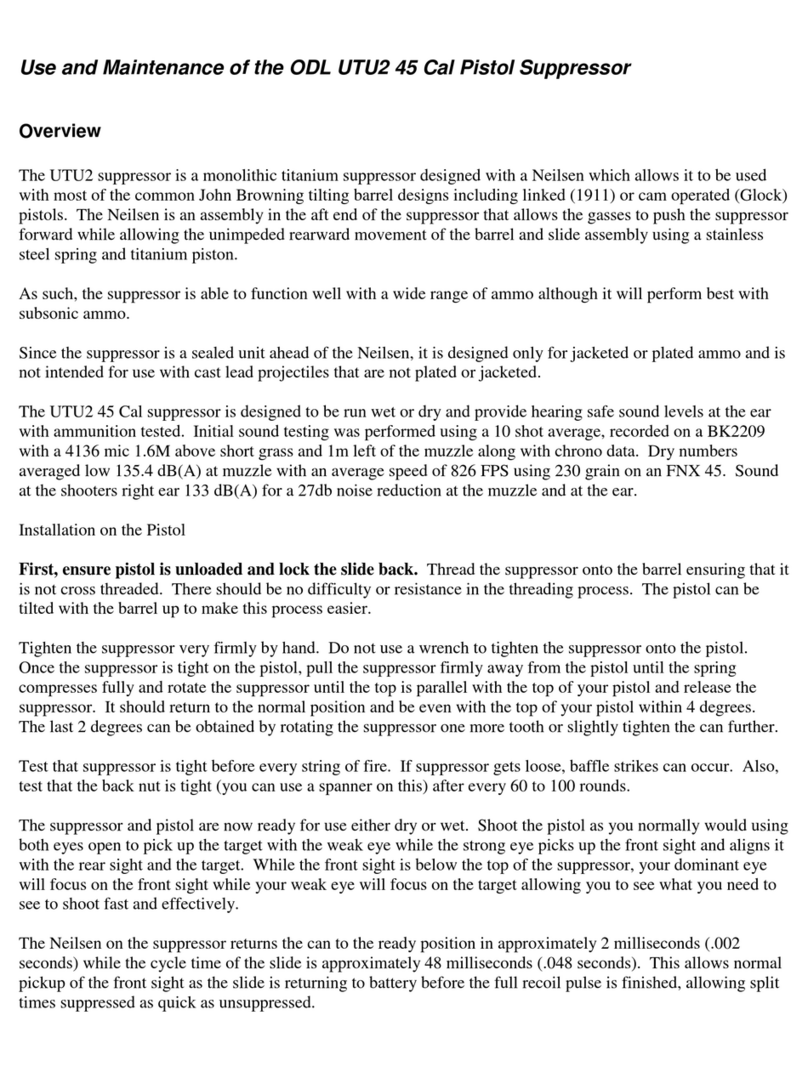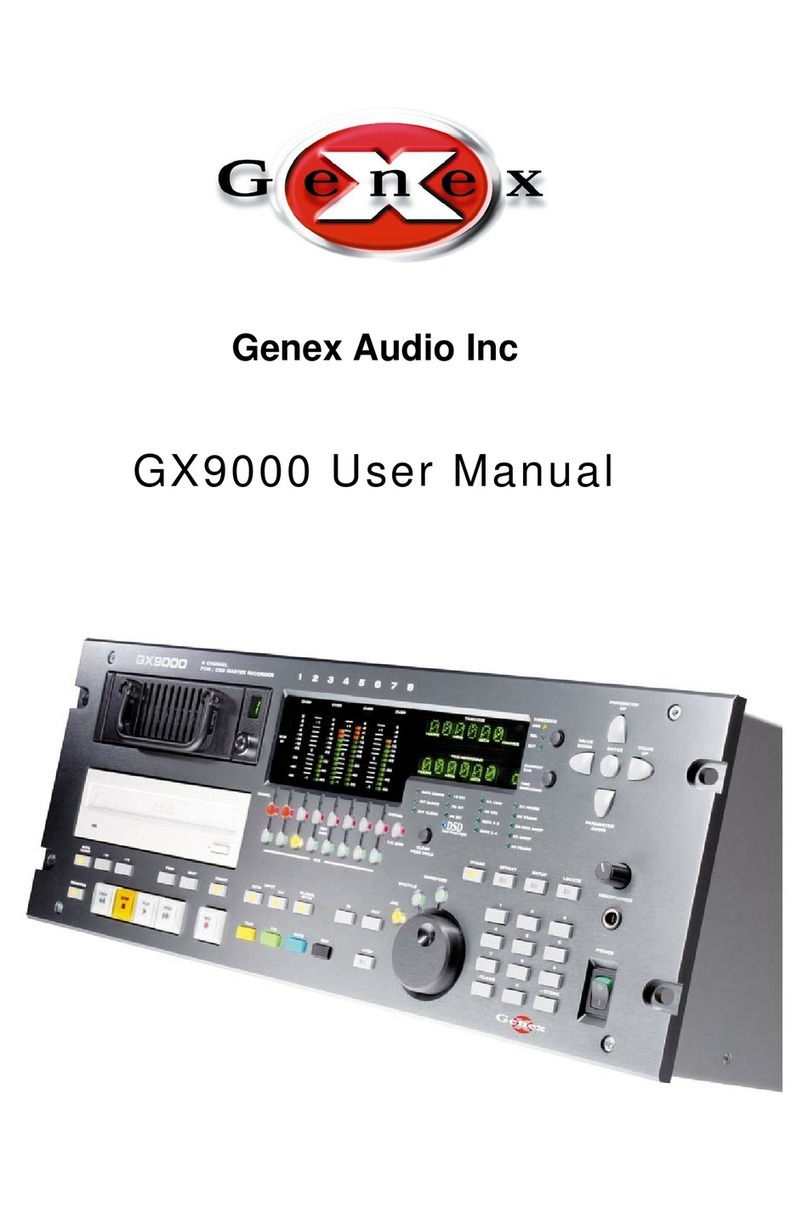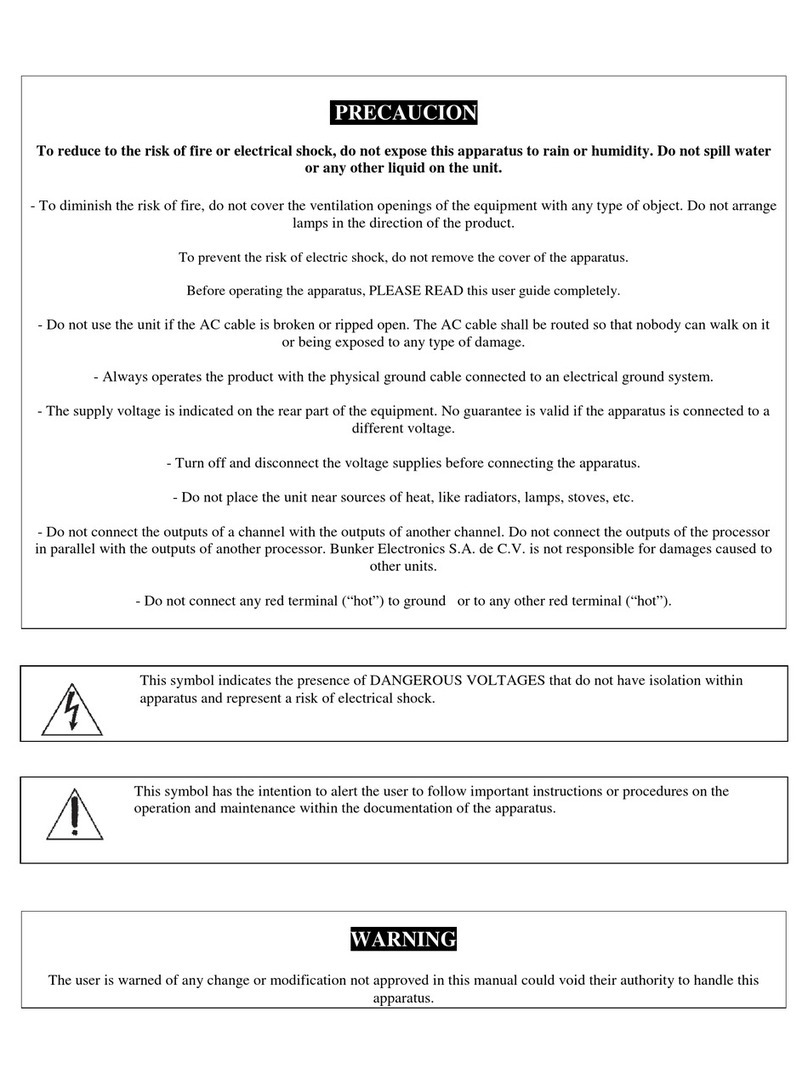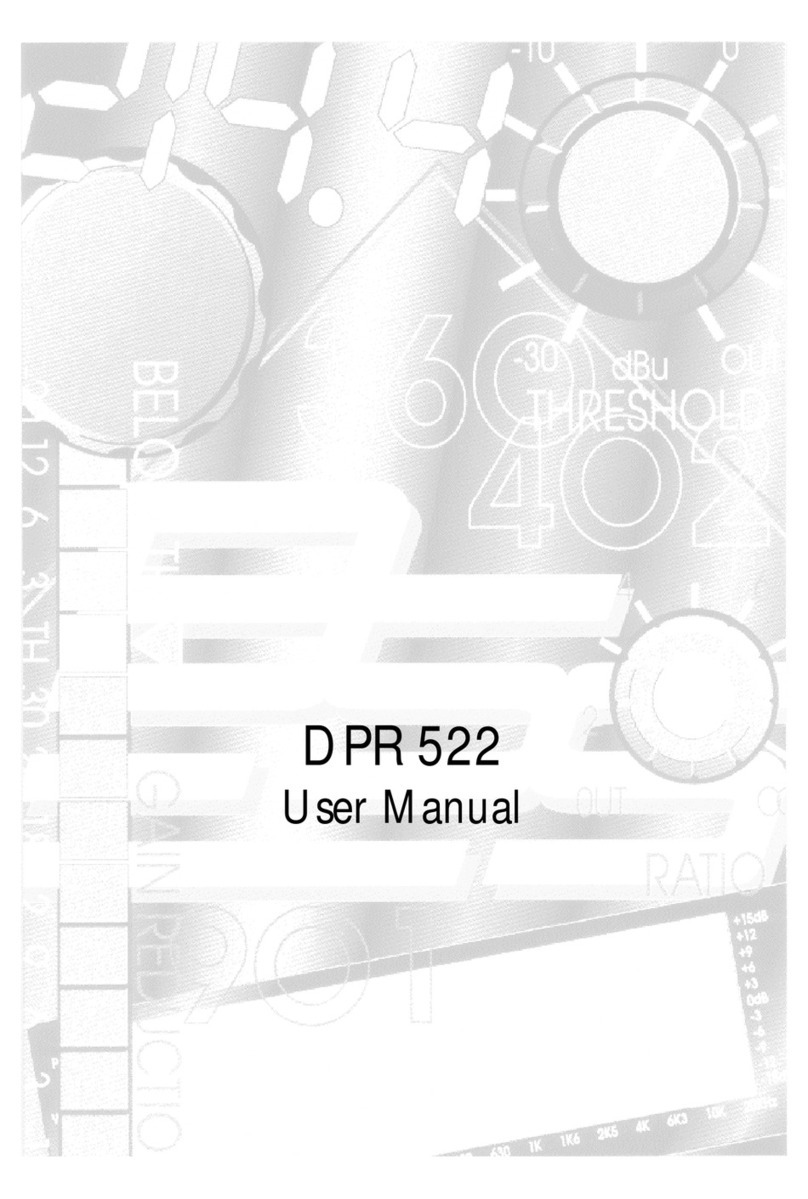Nexta Tech MCU-PUSH User manual

Radio iwireless interface for devices with dimmable input push dim
MCU-PUSH
MNLMCU-PUSHENV2.0
Nexta Tech
company brand of Team srl
via G.Oberdan 90, 33074
Fontanafredda (PN) - Italy
Ph. +39 0434 998682
Web: www.nexta-tech.com
INDEX
1 - PRODUCT FEATURES
1.1 - TECHNICAL DATA
1.2 - DESCRIPTION
2 - ELECTRICAL CONNECTIONS
2.1 - SCHEMA DI COLLEGAMENTO
2.2 - INSTALLATION EXAMPLE
3 - USE OF THE CONTROL UNIT
3.1 - USE VIA RADIO
3.2 - USE VIA WIRE
4 - RADIO PROGRAMMING
4.1 - RADIO PROGRAMMING OF MULTIFUNCTIONAL AND GENERIC TRANSMITTERS
4.2 - DELETION OF RADIO

1.2 DESCRIPTION
MCU-PUSH is a miniaturised electronic control unit for managing a device via radio and wire.
The ISM (industrial, scientific and medical) radio frequency band guarantees a long range, even through
walls and ceilings.
Simple programming with dip-switches, reduced dimensions with breakable tabs (fig. 1.1c) for fixing with screws (fig.
1.2a) or for insertion into connection boxes up to 55 mm in diameter (fig. 1.2b, 1.2c, 1.2d, 1.2e).
- Installation must be carried out only by qualified technicians in compliance with the electrical and
safety standards in force.
- All connections must be made with the power turned off.
- Use suitable cables.
- Do not cut through the aerial (see figure 1.1b)
- A suitably sized disconnection device must be set up on the electric power line that supplies the product.
- Disposal of waste materials must fully respect local standards.
1 PRODUCT FEATURES
WARNINGS
43mm
21mm 52mm
Led
Dip switches
Button
58mm
1.1 TECHNICAL DATA
Mains 120-240 Vac
1 potential-free contact
max 5A
100
433.920MHz ISM
IP20
-20 +55 °C
52x43x21 mm
Power supply
Outputs
Number of programmable transmitters
Radio frequency
Protection rating
Operating temperature
Dimensions
Fig.1.1a
Fig.1.2a
Fig.1.1b
Fig.1.2b
Fig.1.2c Fig.1.2d Fig.1.2e
Fig.1.2f before after
L
NL
N
N
Fig.1.1c

1.2 DESCRIPTION
MCU-PUSH is a miniaturised electronic control unit for managing a device via radio and wire.
The ISM (industrial, scientific and medical) radio frequency band guarantees a long range, even through
walls and ceilings.
Simple programming with dip-switches, reduced dimensions with breakable tabs (fig. 1.1c) for fixing with screws (fig.
1.2a) or for insertion into connection boxes up to 55 mm in diameter (fig. 1.2b, 1.2c, 1.2d, 1.2e).
- Installation must be carried out only by qualified technicians in compliance with the electrical and
safety standards in force.
- All connections must be made with the power turned off.
- Use suitable cables.
- Do not cut through the aerial (see figure 1.1b)
- A suitably sized disconnection device must be set up on the electric power line that supplies the product.
- Disposal of waste materials must fully respect local standards.
1 PRODUCT FEATURES
WARNINGS
43mm
21mm 52mm
Led
Dip switches
Button
58mm
1.1 TECHNICAL DATA
Mains 120-240 Vac
1 potential-free contact
max 5A
100
433.920MHz ISM
IP20
-20 +55 °C
52x43x21 mm
Power supply
Outputs
Number of programmable transmitters
Radio frequency
Protection rating
Operating temperature
Dimensions
Fig.1.1a
Fig.1.2a
Fig.1.1b
Fig.1.2b
Fig.1.2c Fig.1.2d Fig.1.2e
Fig.1.2f before after
L
NL
N
N
Fig.1.1c

The following connection lets you control device with potential-free dimmable contact
WARNING: P1=P2
More loads can be connected by using parallel cabling
2 ELECTRICAL CONNECTION
N
L
Fig.2.1
Potential-free
contact (max 5A)
push dim
P1 P2
1234567
2.1 CONNECTION DIAGRAM
Driver with dimming
function by
push button
in DALI input
N
L
The following diagrams are a examples of installation with a driver with a push dim dimmable input.
N
L
Fig.2.2a
P1 P2
1234567
2.2 INSTALLATION EXAMPLES
DA
DA
Driver with dimming
function by
push button
in dedicated input
N
L
N
L
P1 P2
1234567
PUSH
EXAMPLE OF CONNECTION DRIVER TYPE 2
EXAMPLE OF CONNECTION DRIVER TYPE 1
ATTENTION: see the manual of the driver in order to verify the compatibility
with standard push button for dimming.
mcu-push control unit must be connected instead of the wired button, connecting the
wires on terminals 6 and 7

The following connection lets you control device with potential-free dimmable contact
WARNING: P1=P2
More loads can be connected by using parallel cabling
2 ELECTRICAL CONNECTION
N
L
Fig.2.1
Potential-free
contact (max 5A)
push dim
P1 P2
1234567
2.1 CONNECTION DIAGRAM
Driver with dimming
function by
push button
in DALI input
N
L
The following diagrams are a examples of installation with a driver with a push dim dimmable input.
N
L
Fig.2.2a
P1 P2
1234567
2.2 INSTALLATION EXAMPLES
DA
DA
Driver with dimming
function by
push button
in dedicated input
N
L
N
L
P1 P2
1234567
PUSH
EXAMPLE OF CONNECTION DRIVER TYPE 2
EXAMPLE OF CONNECTION DRIVER TYPE 1
ATTENTION: see the manual of the driver in order to verify the compatibility
with standard push button for dimming.
mcu-push control unit must be connected instead of the wired button, connecting the
wires on terminals 6 and 7

3 USE OF THE CONTROL UNIT
To control the loads via radio you must have compatible transmitters and therefore must carry out the association
procedure, see paragraph 4.
If the transmitter is of a generic type, its operation is:
If the transmitter is multifunctional type, its operation is:
3.1 USE VIA RADIO
The device is set up to accept commands via wire by button in terminals 3 and 4.
Should you want to control the load only via radio, it is not necessary to connect these devices for the
control unit to work properly.
The behaviour of the different keys is shown in the following table:
3.2 USE VIA WIRE
Short press
Long press
Button of the
transmitter
Action of the
control unit
Close and reopen the contact
Holds close the contact until the release of the button
Short press
Long press
Button of the
transmitter
Action of the
control unit
Close and reopen the contact
Holds close the contact until the release of the button
No action
No action
Short press
Long press
Input
(P1=P2)
Action of the
control unit
Close and reopen the contact
Holds close the contact until the release of the button
4.2 DELETION OF TRANSMITTERS
These procedures let you delete from the memory transmitters that have already been programmed.
DELETION OF SINGLE TRANSMITTER:
1- Hold the receiver button down for 8 seconds. The LED begins to flash.
2- Make a transmission with the transmitter that you want to delete. The LED flashes quickly and turns off.
DELETION OF ALL THE SAVED TRANSMITTERS:
1- Hold the receiver button down for 8 seconds. The LED begins to flash.
2- Press the button on the receiver for a short time. The LED starts flashing quickly and turns off.
4.1 RADIO PROGRAMMING OF MULTIFUNCTIONAL
AND GENERIC TRANSMITTERS
4 - RADIO PROGRAMMING
This procedure lets you programme only compatible multifunctional transmitters (see table 4.1a) or
generic (see table 4.1b) transmitters.
PROCEDURE:
1- Press the button on the receiver for a short time. The LED comes on and stays on.
2- Make a transmission with the remote control to be saved (see transmitter manual, the paragraph
entitled "transmitter programming"). The LED on the receiver flashes 3 times to signal that it has been received.
3- The control unit listens for 30 seconds
(to immediately exit the procedure pressthe button on the receiver).
Tab. 4.1a
HB70-SLCT, HB70-SPCT,
HB80-1C, HB80-1DIM, HB80-2L, HB80-30D, HB80-30RGBW, HB80-4C, HB80-4DIM, HB80-4L,
HB90-6LT,
ROUND-1SP
SENSA-M, SENSA-P, SENSA-R35M, SENSA-R35P, SENSA-R35T, SENSA-T,
TOUCH-1, TOUCH-1CCT, TOUCH-1DIM, TOUCH-1SP, TOUCH-1L , TOUCH-1RGBW, TOUCH-3C, TOUCH-4DIM, TOUCH-CFU
COMPATIBLE MULTIFUNCTIONAL TRANSMITTERS
Tab. 4.1b
HB80-6G,
MCU-TX4,
TOUCH-1G, TOUCH-2G, TOUCH-4G, TOUCH-LOCK4, TOUCH-TX2,
ROUND-1G
COMPATIBLE GENERIC TRANSMITTERS (WIRELESS BUS)

3 USE OF THE CONTROL UNIT
To control the loads via radio you must have compatible transmitters and therefore must carry out the association
procedure, see paragraph 4.
If the transmitter is of a generic type, its operation is:
If the transmitter is multifunctional type, its operation is:
3.1 USE VIA RADIO
The device is set up to accept commands via wire by button in terminals 3 and 4.
Should you want to control the load only via radio, it is not necessary to connect these devices for the
control unit to work properly.
The behaviour of the different keys is shown in the following table:
3.2 USE VIA WIRE
Short press
Long press
Button of the
transmitter
Action of the
control unit
Close and reopen the contact
Holds close the contact until the release of the button
Short press
Long press
Button of the
transmitter
Action of the
control unit
Close and reopen the contact
Holds close the contact until the release of the button
No action
No action
Short press
Long press
Input
(P1=P2)
Action of the
control unit
Close and reopen the contact
Holds close the contact until the release of the button
4.2 DELETION OF TRANSMITTERS
These procedures let you delete from the memory transmitters that have already been programmed.
DELETION OF SINGLE TRANSMITTER:
1- Hold the receiver button down for 8 seconds. The LED begins to flash.
2- Make a transmission with the transmitter that you want to delete. The LED flashes quickly and turns off.
DELETION OF ALL THE SAVED TRANSMITTERS:
1- Hold the receiver button down for 8 seconds. The LED begins to flash.
2- Press the button on the receiver for a short time. The LED starts flashing quickly and turns off.
4.1 RADIO PROGRAMMING OF MULTIFUNCTIONAL
AND GENERIC TRANSMITTERS
4 - RADIO PROGRAMMING
This procedure lets you programme only compatible multifunctional transmitters (see table 4.1a) or
generic (see table 4.1b) transmitters.
PROCEDURE:
1- Press the button on the receiver for a short time. The LED comes on and stays on.
2- Make a transmission with the remote control to be saved (see transmitter manual, the paragraph
entitled "transmitter programming"). The LED on the receiver flashes 3 times to signal that it has been received.
3- The control unit listens for 30 seconds
(to immediately exit the procedure pressthe button on the receiver).
Tab. 4.1a
HB70-SLCT, HB70-SPCT,
HB80-1C, HB80-1DIM, HB80-2L, HB80-30D, HB80-30RGBW, HB80-4C, HB80-4DIM, HB80-4L,
HB90-6LT,
ROUND-1SP
SENSA-M, SENSA-P, SENSA-R35M, SENSA-R35P, SENSA-R35T, SENSA-T,
TOUCH-1, TOUCH-1CCT, TOUCH-1DIM, TOUCH-1SP, TOUCH-1L , TOUCH-1RGBW, TOUCH-3C, TOUCH-4DIM, TOUCH-CFU
COMPATIBLE MULTIFUNCTIONAL TRANSMITTERS
Tab. 4.1b
HB80-6G,
MCU-TX4,
TOUCH-1G, TOUCH-2G, TOUCH-4G, TOUCH-LOCK4, TOUCH-TX2,
ROUND-1G
COMPATIBLE GENERIC TRANSMITTERS (WIRELESS BUS)

Radio iwireless interface for devices with dimmable input push dim
MCU-PUSH
MNLMCU-PUSHENV2.0
Nexta Tech
company brand of Team srl
via G.Oberdan 90, 33074
Fontanafredda (PN) - Italy
Ph. +39 0434 998682
Email: [email protected]
Web: www.nexta-tech.com
INDEX
1 - PRODUCT FEATURES
1.1 - TECHNICAL DATA
1.2 - DESCRIPTION
2 - ELECTRICAL CONNECTIONS
2.1 - SCHEMA DI COLLEGAMENTO
2.2 - INSTALLATION EXAMPLE
3 - USE OF THE CONTROL UNIT
3.1 - USE VIA RADIO
3.2 - USE VIA WIRE
4 - RADIO PROGRAMMING
4.1 - RADIO PROGRAMMING OF MULTIFUNCTIONAL AND GENERIC TRANSMITTERS
4.2 - DELETION OF RADIO
Table of contents

